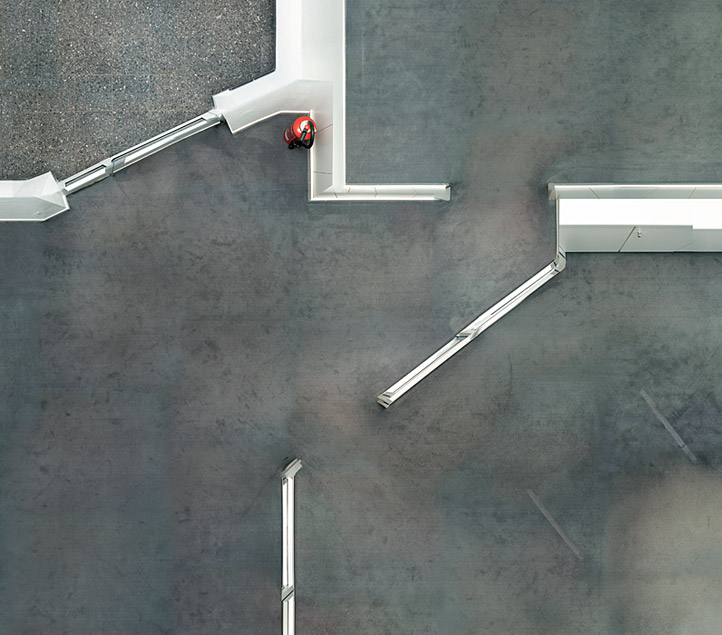

Based on our discussions about facebook etc yesterday, here's an interesting study: called “
The Geography of Buzz.” (
article - NY Times,
study paper)
The study involved using thousands of photographs taken from the stock company, Getty images, of social events in LA & NY over the space of 1 year, working on the assumption that because these photographs were for sale, that people were interested in them and what they depicted.
('there is no such thing as objective vision. We choose all the time what we see, and different things make us look' - Hockney)
They then filtered the images into different typologies and used the amounts to map the density of different types of events taking place in the two cities. Their findings reveal a new range of information about the urban space and its planning that can be gained from social sites such as facebook, flickr & twitter etc. It presents possibilities as to how the information traces that you leave behind you online - your data shadow - could be used for future planning of space.
The study was made by Elizabeth Currid, (
School of Policy, Planning and Development at the University of Southern California, LA) & Sarah Williams (director,
Spatial Information Design Lab at Columbia University‘s Graduate School of Architecture, Planning & Preservation)





















































